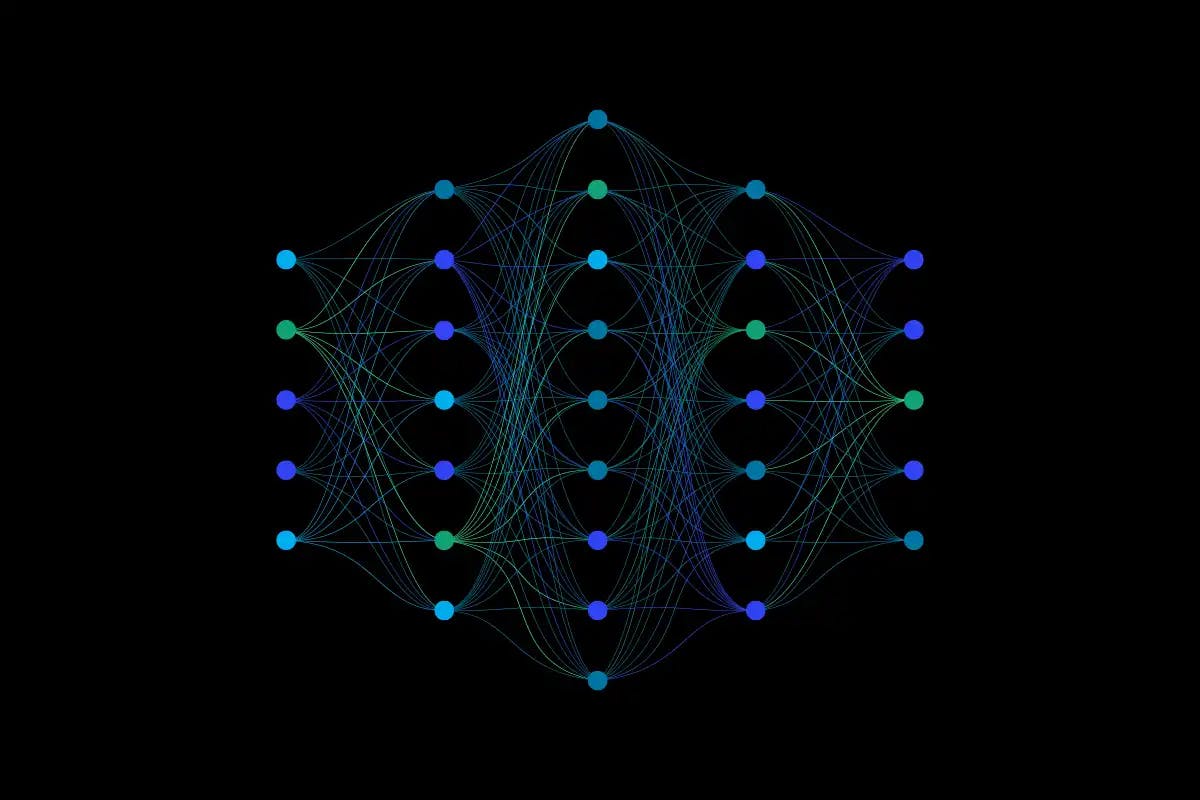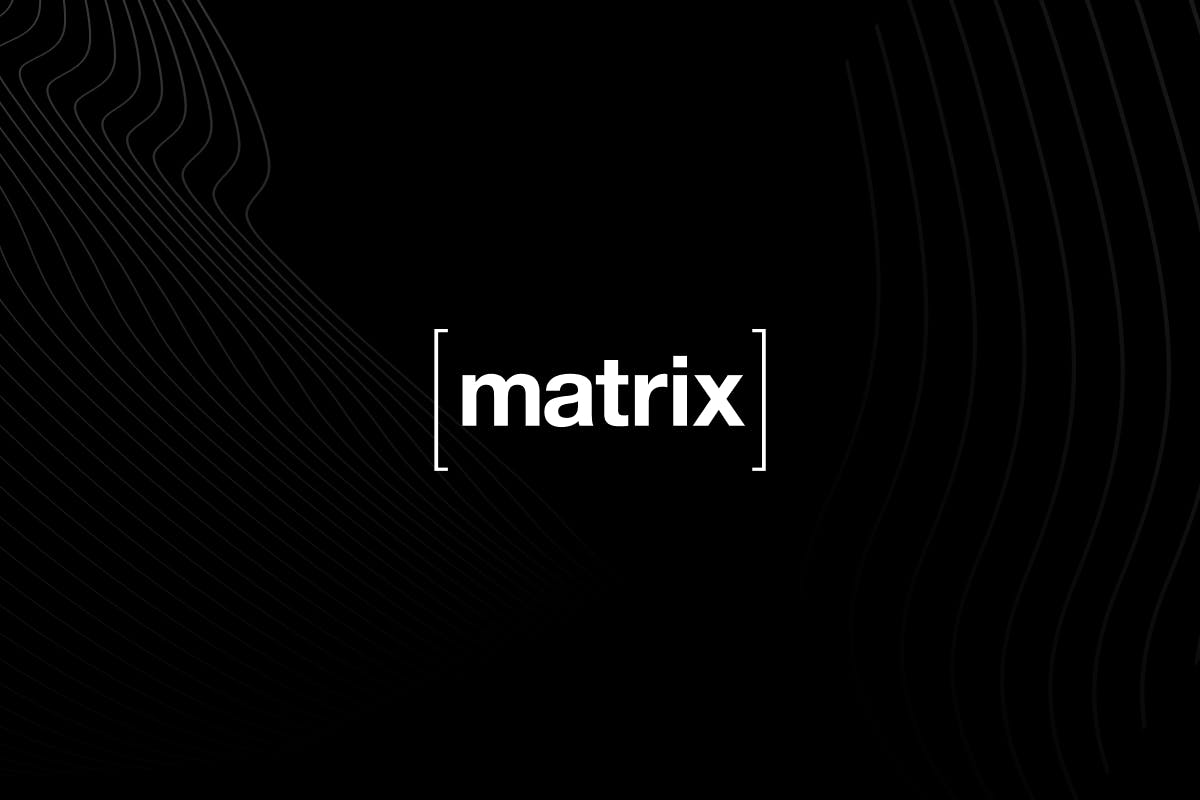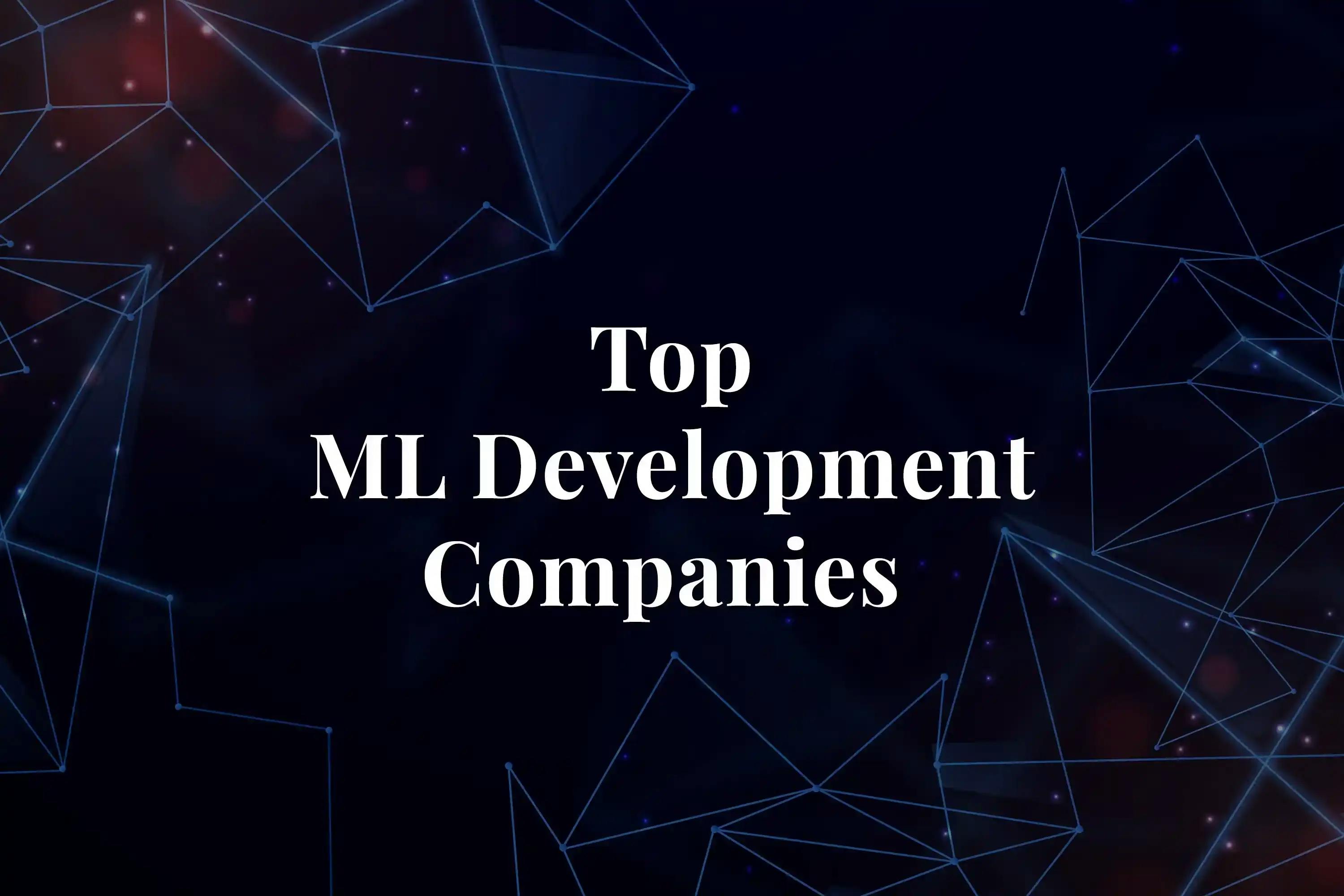
,
Numerous industries have been transformed using neural networks and deep learning, including computer vision, natural language processing, recommendation systems, and even medical diagnosis. These robust models, which draw their inspiration from the human brain, are capable of learning intricate patterns and making precise predictions. However, when working with huge datasets and complex architectures, training neural networks can be a time-consuming operation.
Optimization techniques are essential for overcoming these challenges and achieving quicker and better training. In this blog, we will explore various techniques that can accelerate the training speed of neural networks while simultaneously enhancing their performance.
So, let’s get started!
What is Neural Network Training?
A neural network is trained by iteratively adjusting its parameters to minimize a predetermined loss function. To comprehend the process of deep neural network optimization, it’s essential to understand the factors that impact training time and performance.
The network’s architecture and depth, the dataset’s size and quality, the activation functions selected, and the optimization algorithm all fall under this category. The training process can also be hindered by challenges including overfitting, vanishing or exploding gradients, and local optima.
We may better comprehend the need for optimization methods that can address these issues by developing a thorough understanding of these factors.
Techniques for Faster Training
Reducing the overall training time is crucial for developing artificial neural networks. Fortunately, there are a few methods that can quicken the training process.
- Batch Normalisation
Batch normalization is a method that reduces internal covariate shifts by normalizing the activations of each layer. Batch normalization substantially accelerates training by enabling higher learning rates and faster convergence. - Dropout Regularization
Dropout randomly sets a fraction of the input units to zero during training, which helps prevent overfitting. Dropout regularisation enhances generalization while accelerating convergence. - Early Stopping
Early stopping involves monitoring the validation loss during training and stopping the process when the performance on the validation set starts to deteriorate. Early stopping can save time and prevent overfitting by avoiding unnecessary iterations. - Gradient-based Optimization Algorithms
The learning rate for each parameter is adjusted for each parameter based on its history gradients by advanced optimization algorithms like Adam and RMSprop. Particularly in complex optimization landscapes, these algorithms frequently converge more quickly than traditional gradient descent.
Techniques for Better Training Performance
Faster training is important, but improving performance is equally important. In this section, we will examine a variety of methods that can improve neural network training efficiency.
- Weight Initialization Strategies
Proper initialization of the neural network’s weights can have a significant impact on its convergence. Ensuring that the initial weights are set correctly, methods like Xavier and He initialization enable more effective training while preventing problems like vanishing or exploding gradients. - Learning Rate Scheduling
The convergence of the model can be significantly influenced by changing the learning rate during training. Better convergence and avoidance of overshooting or stagnation are made possible by techniques like learning rate decay or cyclical learning rates, which dynamically adjust the learning rate depending on predetermined criteria or schedules. - Regularisation Techniques
L1 and L2 regularisation techniques help minimize overfitting and increase the generalization ability of neural networks. Including penalty terms to the loss function, these techniques encourage the model to be more robust and avoid over-reliance on specific features, which improves performance. - Data Augmentation
Applying various transformations, such as rotations, translations, and flips on the current dataset, data augmentation involves generating additional training data. This technique efficiently increases the diversity and quantity of training examples, aiding the model’s ability to generalize more broadly and perform better, especially when the dataset is constrained.
Advanced Optimization Techniques
Some advanced optimization methods can further enhance the training process and improve the performance of neural networks such as
- Model Compression Techniques
Pruning and quantization are two model compression strategies that aim to reduce the size and computational complexity of neural networks without compromising their performance. While quantization reduces the accuracy of the network’s parameters, pruning includes removing unnecessary connections or weights. These methods make inference and training more effective, especially in contexts with limited resources. - Parallel Computing and Distributed Training
To speed up the training process, parallel computing, and distributed training techniques make use of numerous processors, GPUs, or even multiple machines. Dividing the workload and processing data in parallel, these approaches significantly reduce the training time, especially for large-scale models and datasets. - Hyperparameter Optimization and Automated Tuning
The performance of neural networks is significantly influenced by hyperparameters including learning rate, regularisation strength, and network architecture. Techniques for hyperparameter optimization, such as grid search, random search, and Bayesian optimization, assist in automatically determining the ideal combination of hyperparameters, reducing time spent searching and enhancing performance. - Transfer Learning
Transfer learning is the process of using information obtained from pre-trained models to perform better on different but related tasks. Leveraging the pre-trained model’s features and weights, transfer learning allows for faster convergence and better performance, especially when the target dataset is small or similar to the source dataset.
Best Practices for Neural Network Optimization
To maximize the effectiveness of neural network optimization, it is essential to follow best practices that ensure a systematic and efficient approach. In this section, we’ll look at some of the best practices for neural network optimization.
- Understanding the Problem Domain and Model Requirements
Before using optimization techniques, it is essential to have a solid understanding of the issue domain and the particular model needs. Understanding the features of the data, the desired performance metrics, and any constraints or considerations particular to the current issue are all part of this. Gaining a thorough understanding of the issue domain can help you choose and use optimization strategies more intelligently. - Regular Monitoring and Analysis of Training Progress
During the training process, it is important to monitor and analyze the model’s performance regularly. This includes tracking key metrics such as loss and accuracy, visualizing learning curves, and identifying any signs of overfitting or underfitting. By closely monitoring the training progress, you can make timely adjustments to the optimization techniques or hyperparameters to ensure optimal performance. - Iterative Experimentation and Fine-Tuning
Neural network optimization is an iterative process. It frequently requires experimentation and fine-tuning of various techniques and hyperparameters. It is crucial to keep track of the modifications made throughout each iteration, maintain accurate records, and consistently evaluate the results. You can steadily boost your neural networks’ effectiveness and performance by using an iterative methodology.
Conclusion
The ability to train neural networks more quickly and effectively is crucial in the field of neural network optimization. We can drastically reduce training time while enhancing performance by putting optimization techniques like batch normalization, dropout regularisation, and advanced optimization algorithms into practice. By following best practices and evaluating optimization strategies, we can achieve more efficient and effective neural network training.
When it comes to implementing these optimization techniques, Codiste, a leading machine learning company, specializes in providing comprehensive machine learning services and machine learning consulting. Their expertise lies in optimizing neural networks for specific tasks, including ml model training and neural network machine learning.
With their deep knowledge and experience in the field, Codiste helps businesses achieve faster training, better performance, and cutting-edge solutions. Whether it’s fine-tuning existing models or developing custom solutions, Codiste’s machine learning services deliver exceptional results in neural network optimization.




